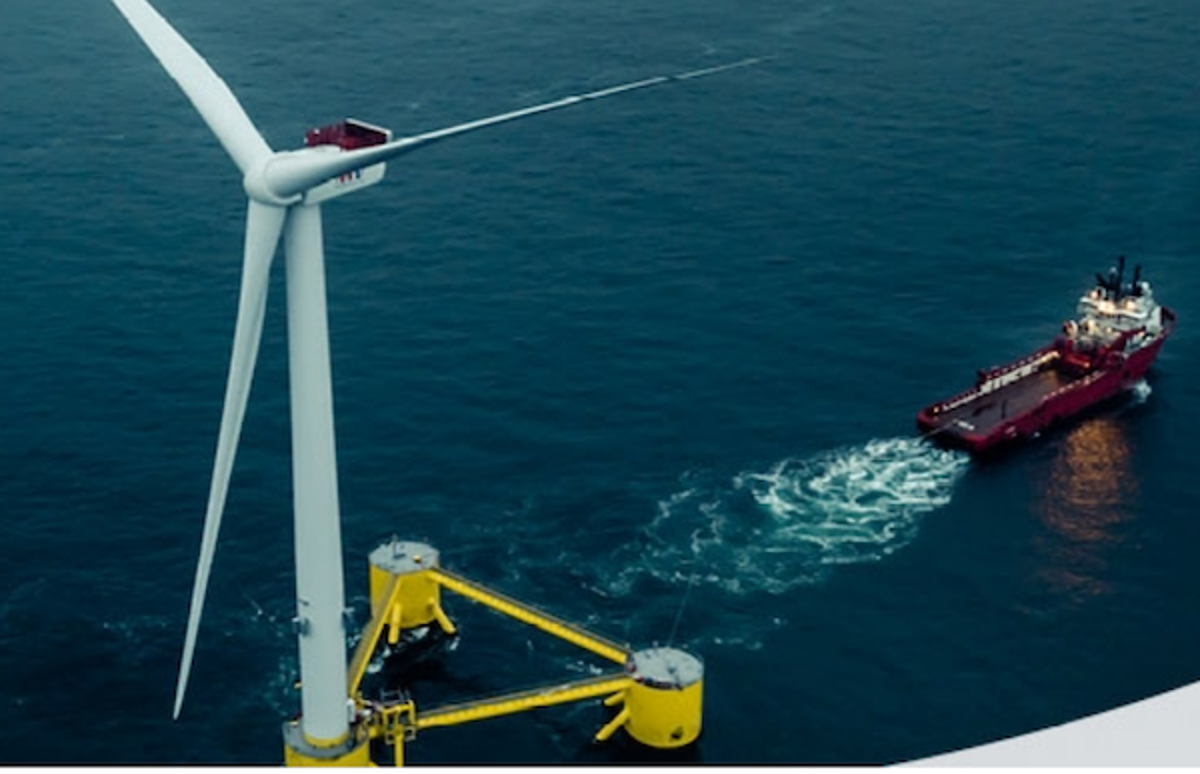Crown Estate Scotland has granted 13 leases for offshore wind development, primarily to power North Sea oil and gas platforms. The goal is to reduce emissions from the sector by decarbonizing North Sea operations. The leases were awarded to BP, TotalEnergies, and UK renewable companies out of 19 bidders for a total initial investment of around 260 million pounds.
Aims to decarbonize North Sea operations
Crown Estate Scotland has granted 13 leases for offshore wind development, primarily to power North Sea oil and gas platforms. The goal is to reduce emissions from the sector by decarbonizing North Sea operations. The leases were awarded to BP, TotalEnergies, and UK renewable companies out of 19 bidders for a total initial investment of around 260 million pounds.
Companies awarded leases and investment amounts
Flotation Energy and Cerulean Winds are set to be the biggest investors, spending almost 96 million pounds Sterling and 138 million pounds, respectively. BP’s Alternative Energy Investments is set to initially invest 1,670,917 pounds, and TotalEnergies will invest 200,000 pounds.
INTOG: Leasing process to attract offshore wind investment
The leasing process called INTOG started in 2019 and aims provideing renewable energy to oil and gas installations in the North Sea. The INTOG program is also part of the Scottish government’s plan to transition to a net-zero economy by 2045.
Maximum capacity of awarded projects
Crown Estate Scotland’s recent announcement outlined that the offshore wind projects awarded contracts have a maximum capacity of 5 gigawatts (GW) to supply power to oil and gas platforms in the North Sea, which will significantly reduce the sector’s carbon footprint. In addition, smaller innovative projects can generate up to 500 megawatts (MW) of power. The leasing process known as INTOG (Innovation and Targeted Oil and Gas) aims for more investment in innovative offshore wind projects in Scottish waters. This should help decarbonize North Sea operations. The projects will play a vital role in reducing greenhouse gas emissions and accelerating the UK’s transition to renewable energy sources, highlighting Scotland’s commitment to achieving its net-zero targets.
Britain as a world leader in wind power
The United Kingdom has been a pioneer in the development of wind power technology for many years, and the country’s efforts have paid off in recent times. As per the National Grid, in 2022, wind power generated a record amount of energy in the UK, accounting for more than 25% of the country’s electricity supply. This is a significant achievement and a clear indication that the UK is taking decisive steps toward achieving its renewable energy goals.
Offshore wind power is particularly crucial to the UK’s energy mix. According to the Crown Estate, offshore wind is the country’s largest renewable source, with the potential to supply about 40% of UK homes with clean energy. The country’s extensive coastline and favorable weather conditions make it an ideal location for offshore wind farms.
The growth of offshore wind has also created new opportunities for job creation and economic development in the UK. With more than 40 offshore wind farms currently in operation, the industry has already created thousands of jobs. It will create even more in the coming years.
The UK’s success in wind power is a testament to the country’s commitment to reducing its carbon footprint. It means sure transitioning towards a more sustainable future. The continued development of offshore wind projects is critical in achieving this goal. It will ensure a reliable supply of clean energy for years to come.
Offshore wind as a renewable source in Britain
Offshore wind is an important part of the UK’s renewable energy mix. The UK has the largest installed capacity of wind plants in the world. There are wind farms all around the country’s coast. These farms will help to meet the UK’s net-zero targets and provide clean, renewable energy to the country.
In conclusion, Crown Estate Scotland’s offshore wind leases will help to decarbonize North Sea operations. Also, it will lower the sector’s carbon emissions. The INTOG program is part of the Scottish government’s plan to transition to a net-zero economy by 2045. The awarded contracts will supply power mainly to North Sea oil and gas platforms. That will help the UK to meet net-zero targets. Offshore wind is an important part of the UK’s renewable energy mix. It is capable of powering about 40% of UK homes.

